Unlocking Human Potential Through Movement Why Structured Athletics Build More Than Just Muscles
More Than a Game
Childhood development is shaped by a complex interplay of physical, emotional, cognitive, and social factors. Sports offer a dynamic framework that supports growth across all these domains. Participation in athletic activities improves brain function, emotional resilience, and social bonding. Studies from the American Academy of Pediatrics confirm that regular physical activity enhances executive function and reduces anxiety. The CDC reports that children engaged in sports are more likely to maintain healthy weight and cardiovascular fitness. Structured play teaches discipline, cooperation, and ethical behavior. These benefits are not incidental – they are foundational to holistic development. Sports provide symbolic rehearsal for real-life challenges. The playing field becomes a crucible for shaping identity and capacity.
Physical Literacy – Building the Body’s Vocabulary
Physical literacy refers to the ability to move with competence and confidence across diverse environments. Children who develop motor skills early are more likely to remain active throughout life. Sports teach coordination, balance, agility, and spatial awareness. These skills support not only athletic performance but also daily functioning and injury prevention. Research shows that children who play sports have stronger bones and healthier cardiovascular systems. Movement stimulates growth hormone release – aiding physical maturation. Regular activity reduces childhood obesity and its associated risks. Sports also improve posture and muscular symmetry – essential for long-term mobility. Physical literacy is the foundation upon which all other developmental domains rest.
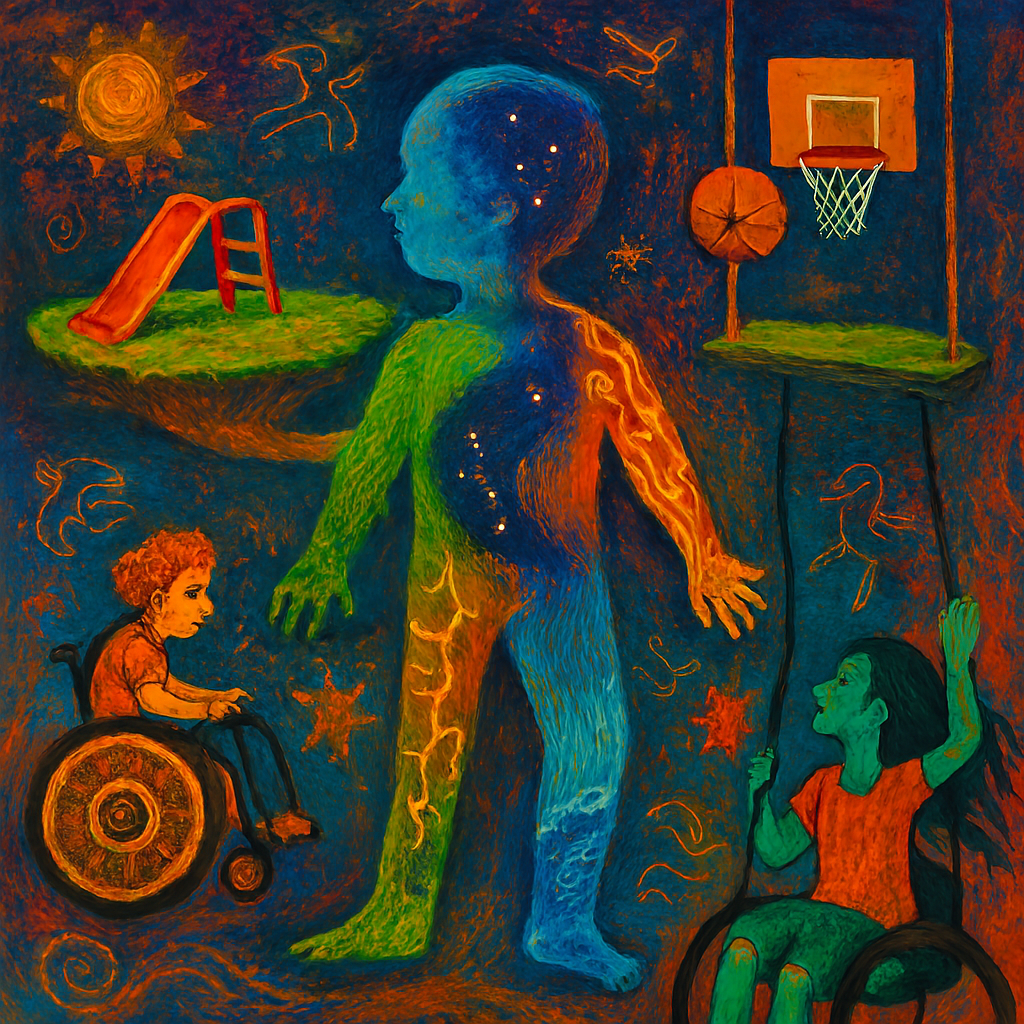
Emotional Regulation – Learning to Ride the Waves
Sports provide a structured environment for children to experience and manage intense emotions. Victory and defeat offer real-time lessons in joy, frustration, and resilience. Athletes learn to channel adrenaline and cope with performance pressure. Studies show that children in sports exhibit better impulse control and stress tolerance. Coaches often model emotional composure – reinforcing self-regulation through example. Team dynamics require empathy and conflict resolution – key emotional skills. Sports also offer catharsis – a safe outlet for emotional expression. Children who master emotional regulation are better equipped for academic and social challenges. The playing field becomes a rehearsal space for life’s emotional complexity.
Social Bonding – The Architecture of Belonging
Team sports create micro-communities where children learn cooperation, trust, and shared purpose. Social neuroscience confirms that group play activates bonding hormones like oxytocin. Children form friendships through shared goals and mutual support. Sports teach turn-taking, listening, and non-verbal communication. Inclusion in a team boosts self-esteem and reduces feelings of isolation. Peer relationships formed in sport often transcend the game – shaping identity and loyalty. Coaches and teammates become part of a child’s support network. Social bonding through sport lays the groundwork for civic engagement and relational maturity. The locker room is a crucible for social learning.
Cognitive Development – Thinking in Motion
Athletic participation enhances cognitive flexibility, strategic planning, and decision-making. Sports require rapid information processing and situational awareness. Neuroscientific studies show that physical activity boosts hippocampal function – improving memory and learning. Children in sports often outperform peers in executive function tasks. Tactical games like soccer or basketball demand anticipation and adaptive thinking. Rule-based play reinforces logic and ethical reasoning. Sports also teach pattern recognition and spatial intelligence. Cognitive development through sport is not incidental – it’s integral. Movement and thought are deeply intertwined in the growing brain.

Discipline and Routine – The Structure of Growth
Sports instill habits of punctuality, preparation, and perseverance. Regular practice teaches time management and goal-setting. Children learn to follow instructions and respect authority figures. Discipline in sport translates to academic and personal domains. Studies show that student-athletes have higher attendance and lower dropout rates. Routine builds neural pathways that support consistency and focus. The repetition of drills reinforces mastery and patience. Children internalize the value of effort over outcome. Discipline becomes a scaffold for lifelong achievement.
Identity Formation – Discovering the Self Through Play
Sports offer children a symbolic mirror to explore strengths, weaknesses, and aspirations. Identity is shaped through roles – captain, defender, striker – each with unique responsibilities. Success and failure in sport contribute to self-concept and confidence. Children learn what motivates them and how they respond to challenge. Athletic identity can buffer against negative peer pressure and social comparison. Participation affirms agency – the sense that one’s actions matter. Sports also allow for experimentation with leadership and support roles. Identity formed through sport is dynamic and resilient. The field becomes a canvas for self-discovery.
Ethical Learning – Rules, Fairness, and Integrity
Sports are governed by rules that reflect broader societal values. Children learn the importance of fairness, honesty, and respect. Referees and coaches model ethical decision-making. Rule violations carry consequences – reinforcing accountability. Sportsmanship teaches humility in victory and grace in defeat. Ethical learning through sport is experiential – not abstract. Children internalize moral principles through action and reflection. Studies show that athletes are more likely to engage in prosocial behavior. The game becomes a moral classroom.
Resilience – Bouncing Back Stronger
Failure is inevitable in sport – and essential for growth. Children learn to cope with setbacks and persist through difficulty. Resilience is built through repeated exposure to challenge and recovery. Sports teach that effort can overcome adversity. Psychological research links athletic participation to grit and optimism. Coaches often frame failure as feedback – not judgment. Resilient children are better equipped to handle academic and social stress. Sports provide a safe space to practice resilience. The scoreboard is not the final measure – the comeback is.
Leadership and Followership – Navigating Power Dynamics
Sports offer children opportunities to lead and to follow – both essential life skills. Captains learn to motivate and organize peers. Followers learn to support and execute team strategies. Leadership in sport is earned through trust and competence. Children observe and emulate effective leadership styles. Followership teaches humility and collaboration. Power dynamics in sport mirror those in society – offering rehearsal and reflection. Studies show that early leadership experiences predict adult civic engagement. The team becomes a microcosm of democratic participation.

Gender Equity – Challenging Stereotypes Through Play
Sports can challenge traditional gender roles and promote inclusivity. Girls in sport report higher self-esteem and body confidence. Mixed-gender teams foster mutual respect and understanding. Athletic achievement disrupts stereotypes about strength and emotion. Coaches play a key role in modeling gender equity. Participation teaches that ability is not gendered – it’s earned. Sports also provide visibility for underrepresented identities. Gender equity in sport supports broader social change. The field becomes a platform for empowerment.
Cultural Expression – Movement as Language
Sports reflect and transmit cultural values and traditions. Indigenous games preserve heritage and foster pride. Global sports like soccer connect children across borders. Rituals and uniforms express identity and belonging. Children learn to appreciate diversity through competition and camaraderie. Cultural expression through sport builds empathy and global awareness. Coaches can integrate cultural stories into training. Movement becomes a form of storytelling and celebration. The game is a living archive of culture.
Academic Correlation – The Brain-Body Connection
Children who play sports often perform better academically. Physical activity enhances concentration and reduces behavioral issues. Sports teach goal-setting and delayed gratification – key academic skills. Studies show improved test scores among student-athletes. Movement breaks during school improve classroom engagement. Sports also reinforce literacy through playbooks and strategy. Academic success is supported by the discipline and focus learned in sport. The brain-body connection is not metaphorical – it’s measurable. Athletics and academics are allies in development.
Mental Health – A Protective Factor
Sports act as a buffer against anxiety, depression, and social withdrawal. Physical activity releases endorphins – improving mood and emotional stability. Team support reduces feelings of isolation and helplessness. Coaches often serve as informal mentors and mental health allies. Sports provide routine and purpose – protective factors in mental wellness. Children learn coping strategies through competition and training. Studies show lower rates of mental illness among active youth. Sports also reduce screen time and sedentary behavior. The field becomes a sanctuary for emotional healing.
Lifelong Impact – The Echo of Early Play
The benefits of childhood sports extend into adulthood. Former athletes report higher life satisfaction and social engagement. Skills learned in sport translate to career success and personal relationships. Physical literacy supports lifelong health and mobility. Emotional resilience and ethical grounding shape adult behavior. Sports memories often serve as touchstones for identity and meaning. The habits formed in youth echo across decades. Early play lays the foundation for a well-rounded life. The game never truly ends – it evolves.
Neuroplasticity – Movement as Brain Architecture
Neuroplasticity refers to the brain’s ability to reorganize itself by forming new neural connections. Physical activity during childhood accelerates this process, especially in regions tied to memory and executive function. Sports stimulate the prefrontal cortex, which governs planning, impulse control, and decision-making. Aerobic movement increases blood flow to the brain – enhancing oxygenation and nutrient delivery. Studies from Harvard Medical School show that active children have more robust synaptic density. Sports also promote myelination – the insulation of neural pathways that speeds up cognitive processing. Repetitive motor tasks reinforce neural circuits through embodied learning. The brain adapts to challenge, coordination, and strategic play. Movement becomes a sculptor of mental architecture. Athletic engagement is not just physical – it’s neurobiological transformation.
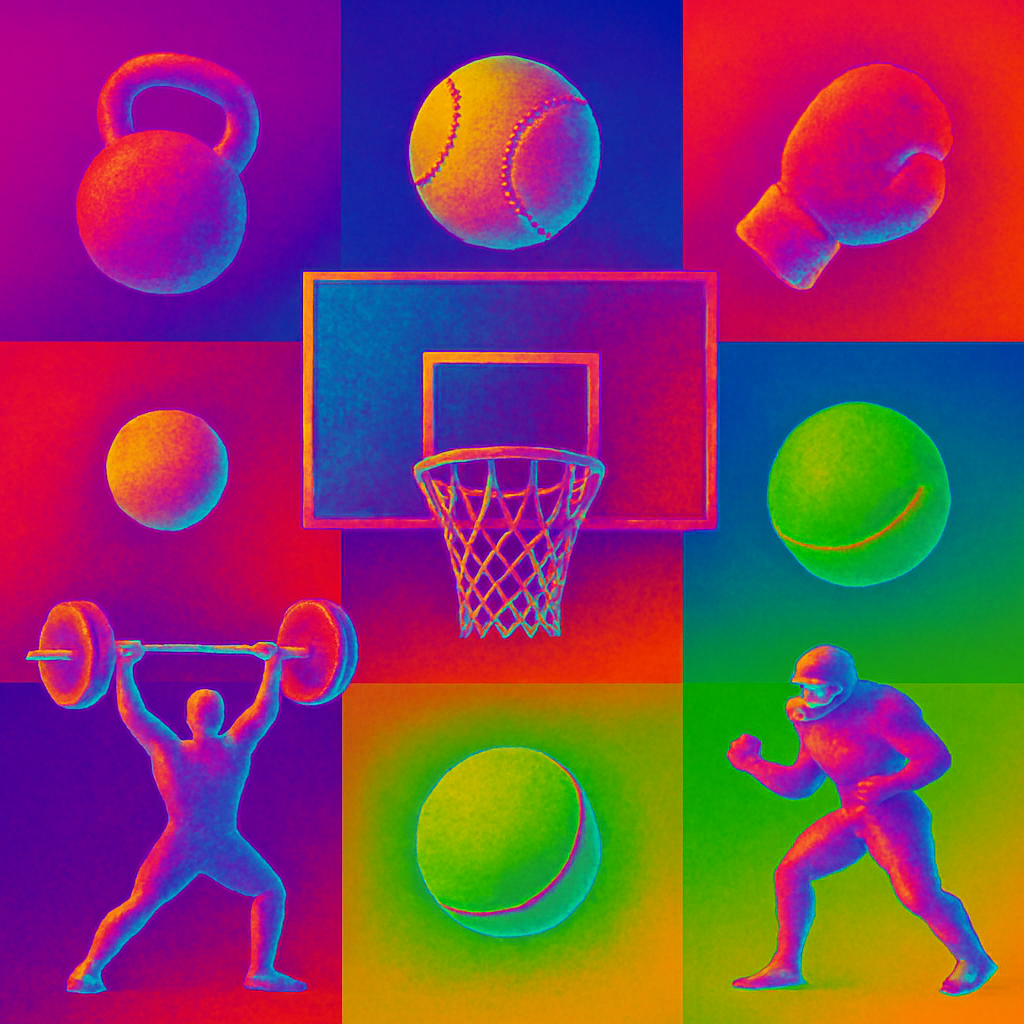
Symbolic Play – Sport as Mythic Rehearsal
Children use symbolic play to explore abstract concepts like power, loss, and transformation. Sports offer a structured form of symbolic play where rules and roles mirror societal dynamics. A goalkeeper defends boundaries – a metaphor for protection and vigilance. A striker pursues goals – echoing ambition and risk. These roles allow children to rehearse identity and morality in a safe, repeatable format. Carl Jung viewed play as a portal to archetypal understanding – sports embody this principle. The field becomes a stage where mythic narratives unfold through movement. Children internalize symbolic lessons about courage, cooperation, and consequence. Sport is not just activity – it’s narrative embodiment. Through play, children engage in psychological storytelling.
Environmental Context – The Geography of Movement
Where children play shapes how they develop. Access to green space correlates with higher physical activity and lower stress levels. Outdoor sports expose children to natural rhythms – light, wind, terrain – that influence sensory integration. Urban environments often limit safe play, affecting developmental outcomes. Studies from the University of Melbourne show that nature-based play improves attention and emotional regulation. Geography also affects cultural norms around sport – surf culture, bush footy, or skate parks each carry symbolic weight. Children adapt their movement to local terrain, building proprioception and ecological awareness. Environmental context becomes part of the developmental equation. The body learns through landscape. Movement is shaped by place as much as by intention.
Attachment and Mentorship – Coaches as Developmental Anchors
Secure attachment is foundational to emotional and social development. Coaches often serve as secondary attachment figures – offering stability, guidance, and affirmation. Positive coach-child relationships correlate with increased self-esteem and motivation. Mentorship in sport provides a model for ethical behavior and emotional regulation. Children internalize values through relational dynamics – not just instruction. Studies from the University of Queensland show that coach empathy predicts athlete resilience. Attachment theory suggests that consistent, attuned adults foster secure exploration. In sport, this translates to risk-taking, persistence, and trust. Coaches become anchors in the storm of adolescence.
Sensory Integration – Coordinating the Inner World
Sensory integration is the brain’s ability to process and respond to sensory input. Sports challenge children to coordinate visual, auditory, tactile, and vestibular information. Catching a ball requires timing, depth perception, and proprioception. Running on uneven ground demands balance and spatial awareness. Children with strong sensory integration perform better in academic and social settings. Occupational therapists often use sport-like activities to treat sensory processing disorders. Movement refines the nervous system’s ability to filter and prioritize stimuli. Sports offer natural, engaging opportunities for sensory development. The body becomes a translator of environmental signals. Integration of senses leads to integration of self.
Risk and Safety – Learning Boundaries Through Play
Children need controlled risk to develop judgment and autonomy. Sports provide structured environments where risk is present but managed. Tackling, sprinting, or climbing teach children to assess danger and adapt behavior. Risk exposure builds confidence and decision-making skills. Overprotected children may struggle with independence and resilience. Studies from Macquarie University show that moderate risk in play correlates with emotional maturity. Safety protocols in sport teach responsibility and consequence. Children learn to respect limits while testing their own capacity. The balance of risk and safety is developmental gold. Sport becomes a laboratory for boundary negotiation.
Disability and Parasports – Redefining Ability Through Movement
Parasports offer children with disabilities a transformative space to explore movement, identity, and community. These sports are adapted to meet diverse physical, sensory, and cognitive needs—without compromising challenge or dignity. Participation improves motor coordination, cardiovascular health, and muscular strength in children with disabilities. Studies from the World Health Organization show that inclusive sport reduces stigma and enhances social integration. Parasports foster autonomy by allowing children to set goals and experience achievement on their own terms. Emotional resilience is cultivated through competition, teamwork, and adaptive problem-solving. Coaches and peers in parasport environments often model empathy, patience, and mutual respect. The symbolic power of parasports lies in their ability to redefine what strength, speed, and success look like. Children learn that ability is not a fixed trait—it’s a dynamic relationship between body, environment, and intention. Parasports are not just inclusive—they are revolutionary in how they reshape developmental possibility.
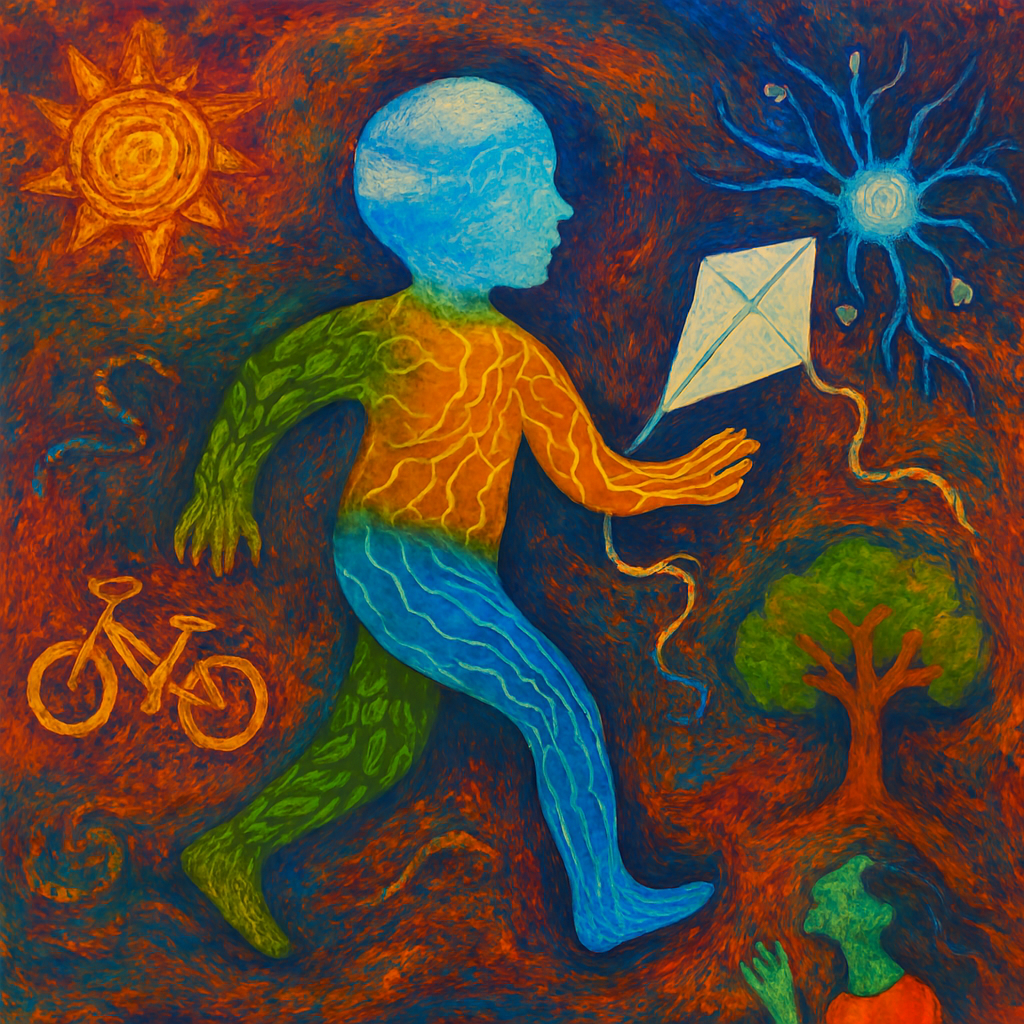
Emotional Intelligence – Reading the Game Within
Emotional intelligence involves recognizing, understanding, and managing emotions in oneself and others. Sports demand constant emotional calibration – frustration, excitement, disappointment, pride. Children learn to read teammates’ moods and respond appropriately. Empathy is cultivated through shared struggle and celebration. Conflict resolution becomes a daily practice on the field. Studies from Yale’s Center for Emotional Intelligence link sport participation to higher EQ scores. Emotional intelligence predicts success in relationships, academics, and leadership. Sports offer a real-time feedback loop for emotional learning. The game teaches children to navigate complexity with grace. Emotional fluency becomes a competitive advantage.
Autonomy and Agency – Owning the Play
Autonomy is the sense of being in control of one’s actions and decisions. Sports empower children to make choices, take initiative, and experience consequence. Agency develops when children feel their actions matter – scoring a goal, making a save, leading a team. Self-determination theory suggests that autonomy enhances motivation and well-being. Children who feel ownership over their play are more engaged and resilient. Coaches who support autonomy foster creativity and problem-solving. Structured sport allows for spontaneous decision-making within clear boundaries. Agency is reinforced through feedback, reflection, and achievement. Children learn that effort leads to impact. Sport becomes a rehearsal for empowered living.
Conclusion – Shaping the Whole Child
Sports are not just extracurricular activities – they are developmental engines. From physical literacy to ethical learning, athletics shape every domain of childhood growth. The field becomes a symbolic space where children rehearse life’s challenges and triumphs. Neuroscience, psychology, and education all affirm the transformative power of play. Sports teach children how to move, think, feel, and connect. They build bodies, minds, and communities. Investing in youth athletics is investing in human potential. The scoreboard fades – but the impact endures. The child who plays becomes the adult who thrives.
Join the Discussion
How have sports shaped your own development or that of someone you know – What lessons from the field have echoed into other parts of life?
#ChildDevelopment #SportsPsychology #YouthEmpowerment #PhysicalLiteracy #EmotionalResilience #TeamworkMatters #EthicalLearning #CognitiveGrowth #PlayIsPower #MovementMatters #HealthyKids #LeadershipThroughSport #CulturalPlay #MentalHealthAwareness #SymbolicPlay #Neuroplasticity #SensoryIntegration #YouthMentorship #RiskAndResilience #EmpoweredChildhood #AgencyThroughSport #AttachmentTheory #EnvironmentalLearning #ParasportsMatter #InclusivePlay







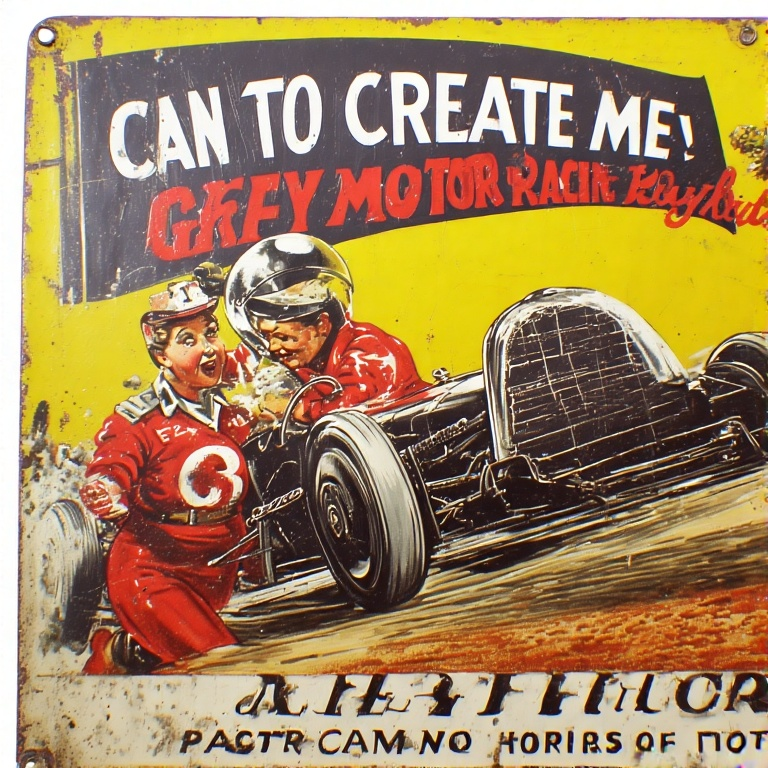
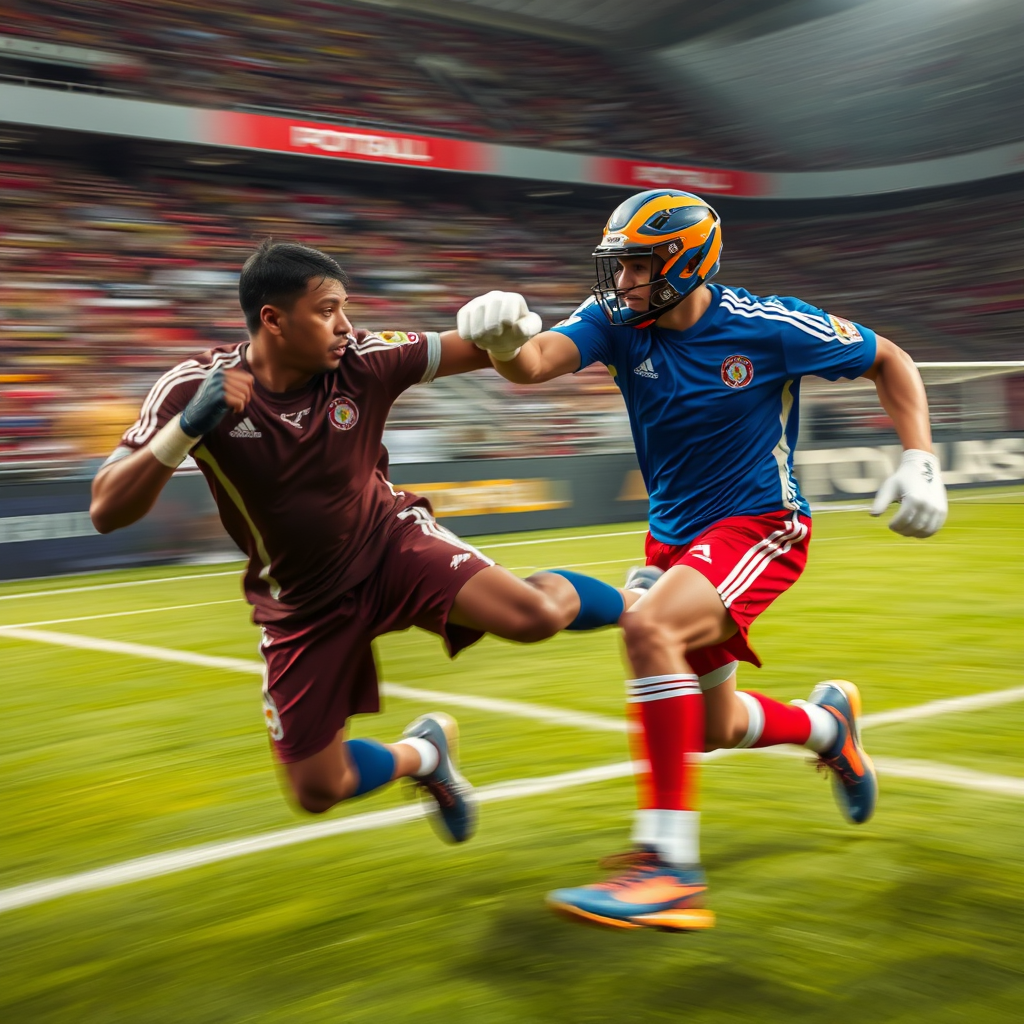
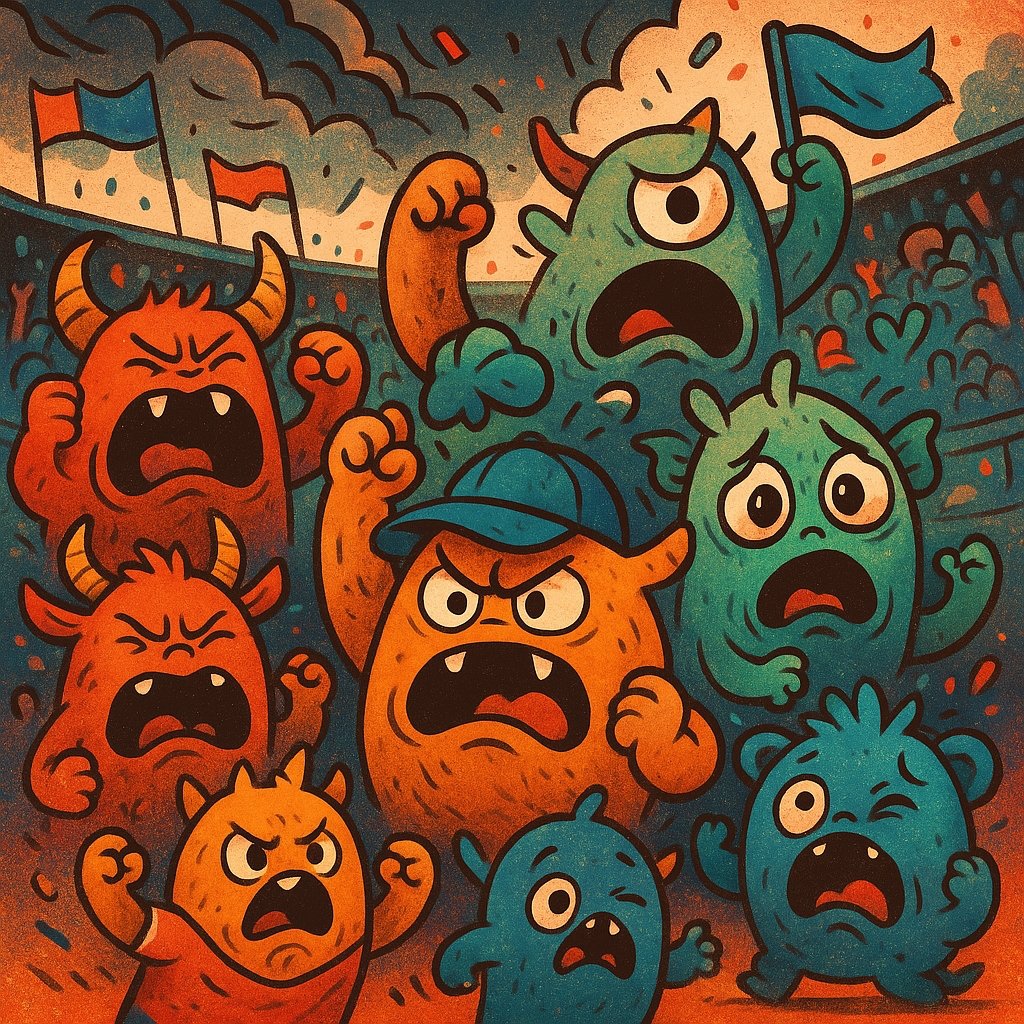
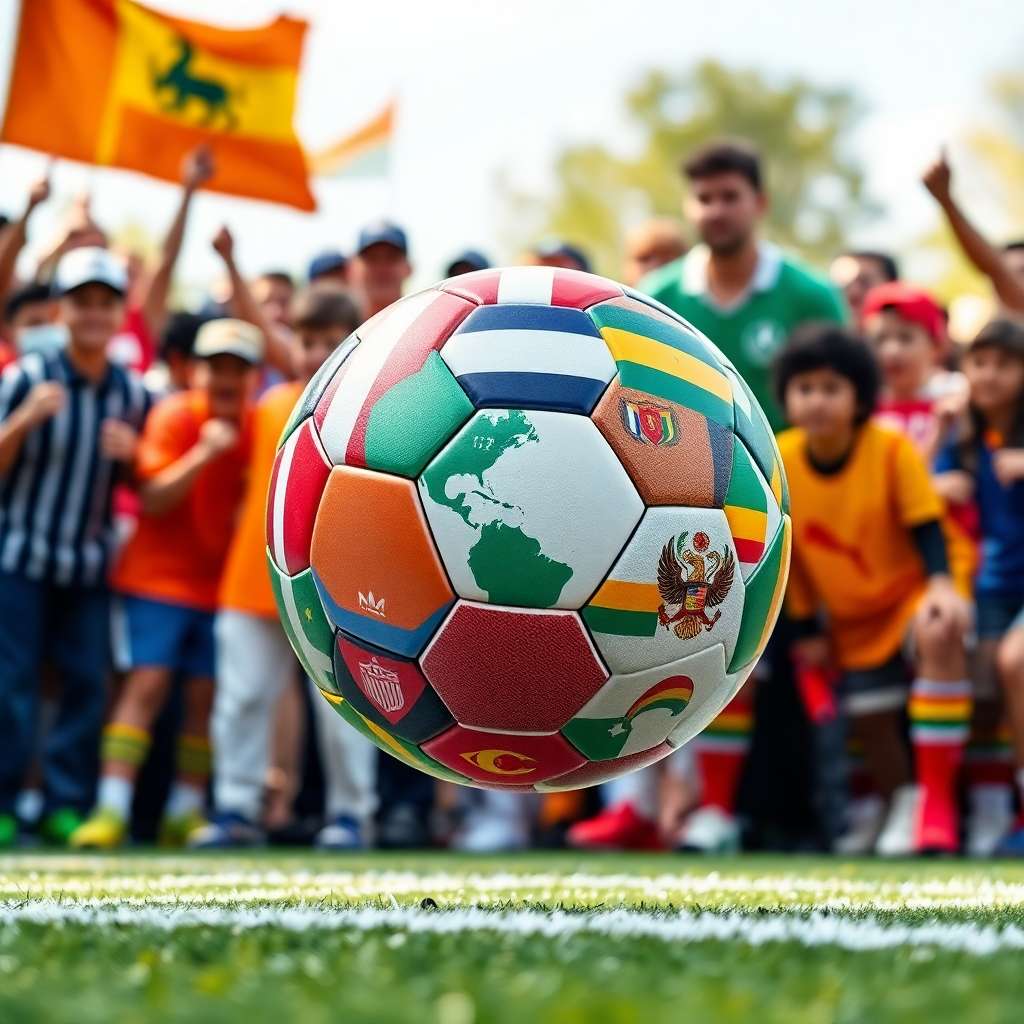



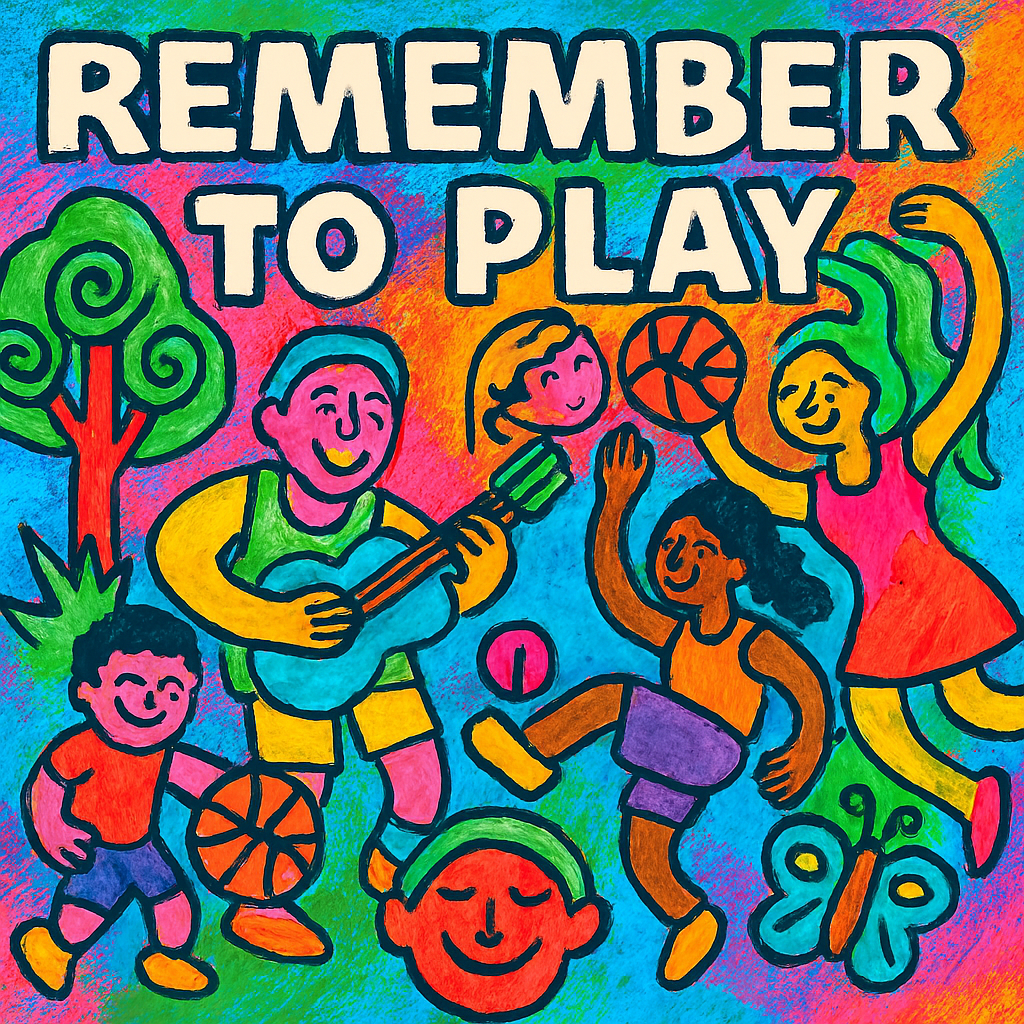
The Psychology of Sadness
[…] we care about. We feel sad when relationships change, when dreams fade, when meaning is lost. These emotional responses are symbolic—they reflect our values, attachments, and identity structures. The psychology of […]